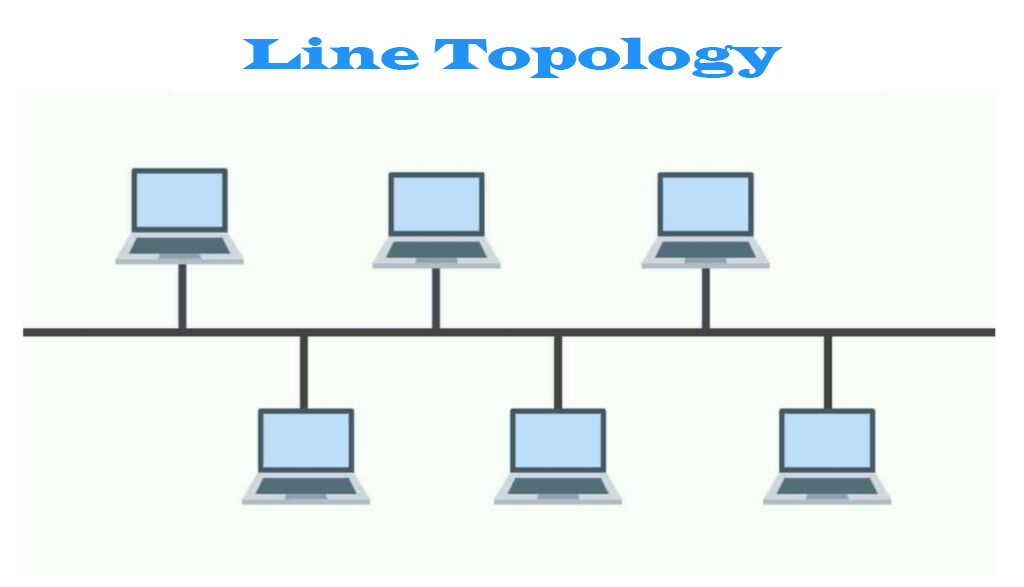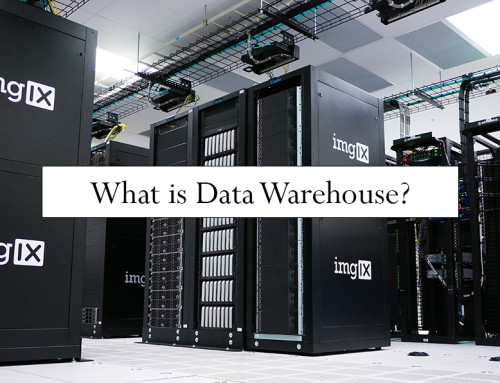In line topology, all the devices in the network are connected to a linear central bus. The devices are connected through RJ-45 cable or coaxial cable.
The devices that are connected in the line topology may include mobile, PDA, laptop, desktop computers, printers, servers or scanners.
This topology is also known as a bus topology. It is a cheap network topology and devices are connected in a fast and easy manner.

Line topology is also known as Ethernet system topology. Each device is connected to the central cable which is also known as the backbone cable. Every device in the network is connected to two devices in sequence i.e. one device at one end of the cable and the other device at another end of the cable.
The devices are connected to the cable with T-connector.
Let’s discuss some pros and cons of line topology:-
Advantages of line topology
Some benefits of line topology are:-
Ideal for the small network:
If you want to build a small network then it is suggested to use line topology.
Fewer cables:
If you compare it with star network topology then you need less number of cables in line topology.
Simple and easy:
It is easy to establish a bus topology network and no complex technique is used to build that network.
Add/remove devices:
Adding and removing devices from the network is easy and it will not affect the working of the network.
Expansion of network:
You just need two cables to be attached to the newer device to connect to the existing network.
Cost-effective:
This network topology is inexpensive to build and it costs you less than star and mesh topologies.
No hub and switches required:
You don’t need to buy hubs and switches to build this network. You just need coaxial cables and T-connectors to build the network.
Disadvantages of line topology
Some drawbacks of line topology are:-
Slow network:
If you add more devices to the network then the network speed becomes slow. It is recommended to not add more than 15 devices to the network else your network becomes unresponsive.
Terminators required:
You must require terminators attached to both ends of the network cable i.e. ground terminator and end terminator.
Damage to cable:
If your central cable gets damaged then the whole network stops working. As all the data transfers through the central backbone cable so devices get disconnected if the main cable cuts down.
Troubleshoot:
It is difficult to troubleshoot the network if the network goes down.
Packet loss:
There are higher chances that your data packets are lost in the network. This is because of terminators used at both ends of the network.
Examples of line topology
Some examples of line topology are:-
- If you are living in a house where your family members have computers in different rooms then you can connect those computers with line topology and share files. All the computers may share a common internet connection.
- You can connect 15 devices if the devices are located in a 2-floor building
- Connecting network devices in a net café is also an example of a line topology
- You can also connect your office computers through line topology
- In a school/university lab nodes are connected to one another through line or bus topology




